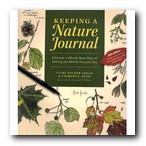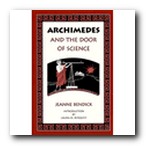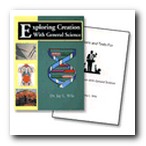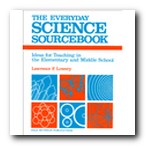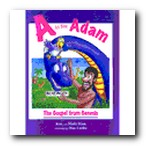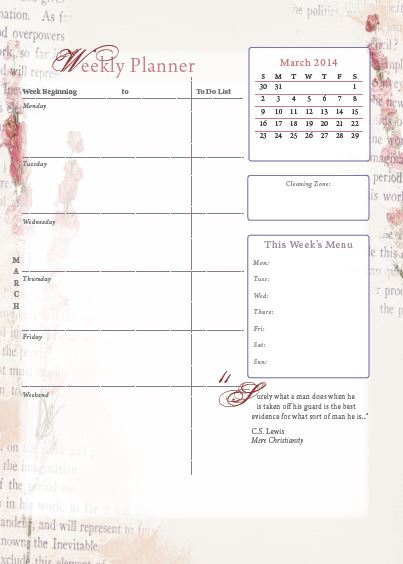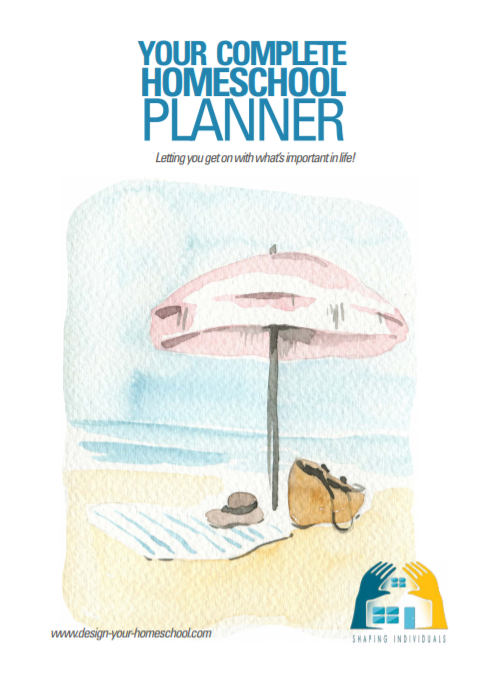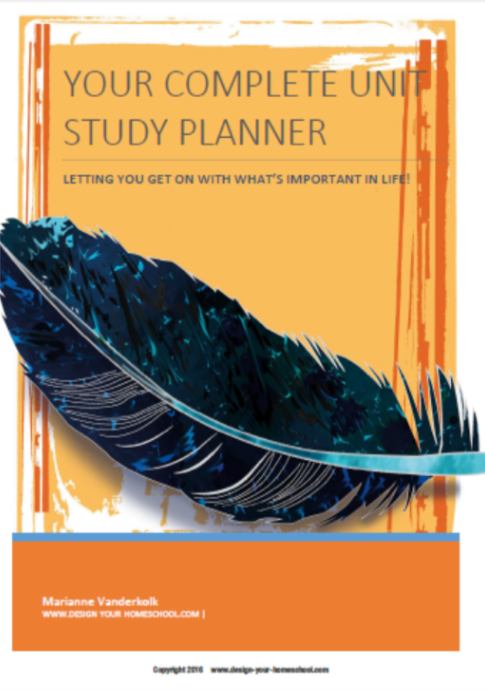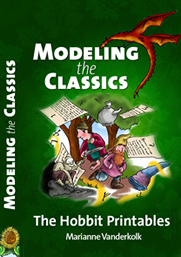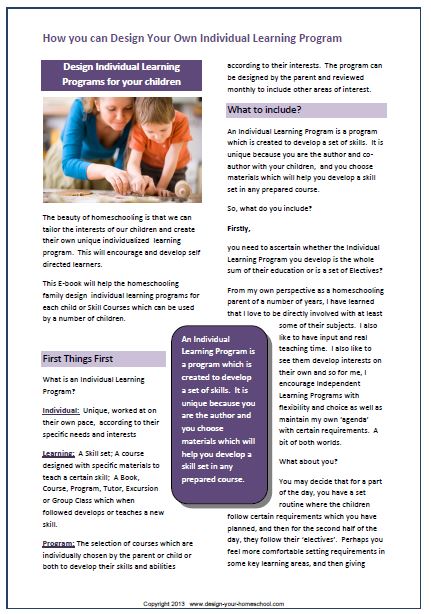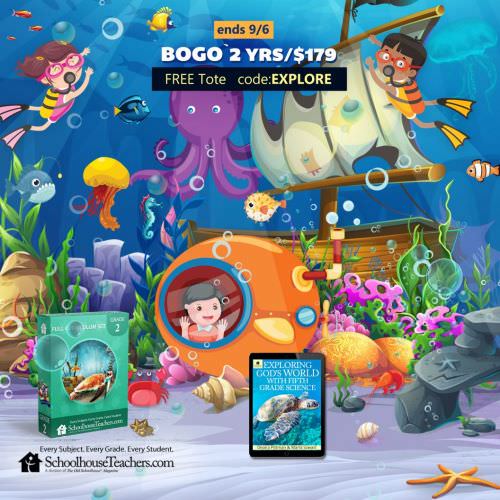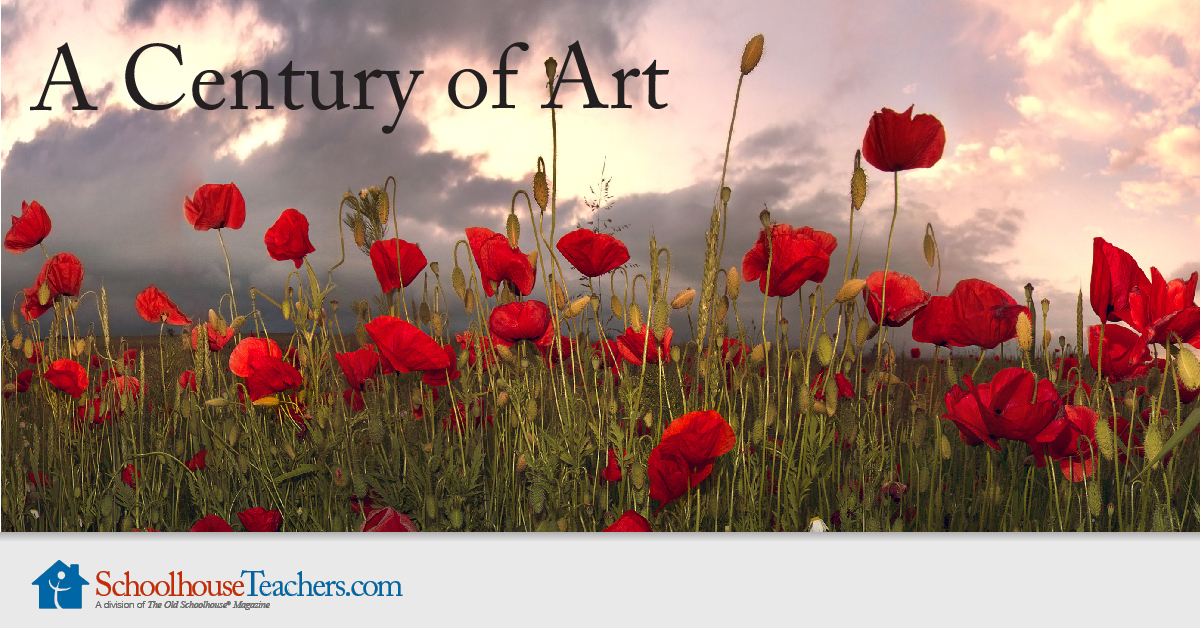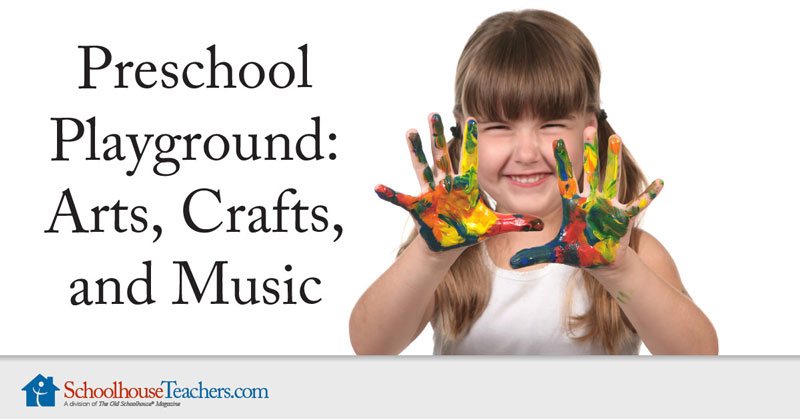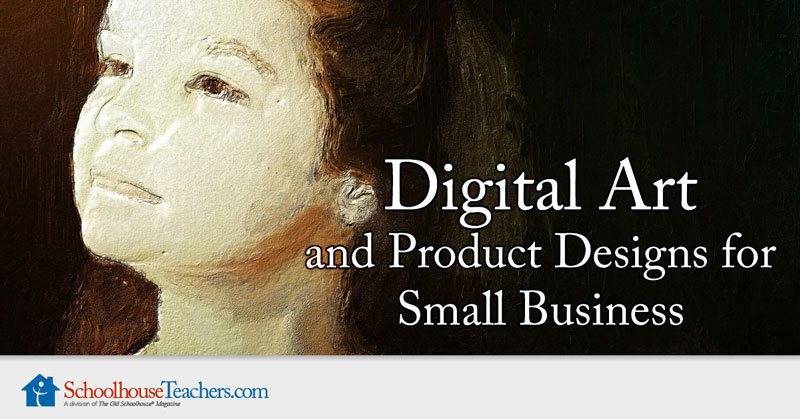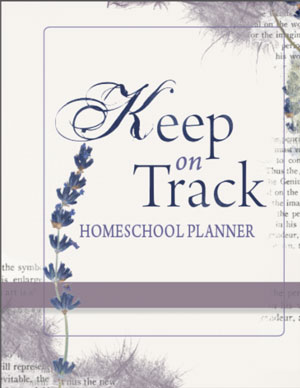Handbook of Nature Study - a useful tool! But how do homeschool families use it for Nature Study?
One comprehensive book which homeschooling families (especially those who employ the Charlotte Mason Approach to education) find useful as a guide in nature study is Handbook of Nature Study. Although this book does not inspire one in the area of drawing, (like Keeping a Nature Journal does), it is useful to guide the teacher to discuss and encourage the children to observe and take notes of specific details.
The Handbook of Nature Study begins by defining what nature study is.
Nature Study is, despite all discussions and perversions, a study of nature; it consists of simple, truthful observations that may, like beads of a string finally be threaded upon the understanding and thus held together as a logical and harmonious whole. Therefore, the object of the nature study teacher should be to cultivate in the children powers of accurate observation and to build up within them understanding.
This is exactly the aim of nature study and is consistent with Charlotte Mason's view of teaching Science - with nature study as the forefront of teaching observational skills.
Nature Study is not the same as the study of Science.
Here are the differences as the author herself writes:
Science: "In elementary science, the work begins with the simplest animals and plants and progresses logically through to the highest forms; at least this is the method pursued in most universities and schools. The object of the study is to give the pupils an outlook over all the forms of life and their relation one to another."
Nature Study: "In nature-study the work begins with any plant or creature which chances to interest the pupil. It begins with the robin when it comes back to us in March, promising spring; or it begins with the maple leaf which flutters to the ground in all the beauty of its autumnal tints."
Science: "A course in biological science leads to the comprehension of all kinds of life upon our globe."
Nature Study: "Nature-study is for the comprehension of the individual life of the bird, insect or plant that is nearest at hand." (p5)
by Anna Comstock was written in 1911 and revised in 1939. Of course there have been new discoveries since that time that aid us in the study of nature and the skies,but her love of nature is not bounded by time and place. She quotes from poets, includes stories for the teacher's benefit (but I have used this to read aloud to my children) and includes a Leading Thought, Method and Observations for each lesson.
Handbook of Nature Study covers:
- Teaching Nature Study,
- Animals (general and specific North American animals)- birds, fish, amphibians, reptiles, mammals, insects, insects of the fields, and insects of the brook and pond, invertebrate animals other than insects;
- Plants - wildflowers, weeds, garden flowers, cultivated crops; trees; flowerless plants;
- Earth and Sky - the brook; Rocks and minerals; The Soil; The Magnet; Climate and Weather; Water forms; The Skies.
There are hundreds of lessons and she states that no teacher is expected to teach all of the lessons. There is a wide choice so that teachers, students and location and availability makes the decision as to what is studied. Although some species will only be endemic to where she lives, there are enough lessons and ideas to help anyone study nature in their location. There are house flies, ants, bees, mice and chickens all over the world.
Two ways to use Handbook of Nature Study in your home
1. Planned Nature Study: Develop your Rotation List of Topics to be studied over the Years
One way to use this book is to plan a study on a specific topic for a period of time, using the lessons from Handbook of Nature Study as a guide to develop questions and to help your children observe with a keen eye. How will you cover the topics?
- You may choose to create an ordered list of topics that will be your focus for a period of time - perhaps for a season; If you work according to seasons - you could focus on 4 major topics throughout the year. You can create your own rotational list and cover the topics in 4 years as below, or study 3 topics per year (1 topic over summer and spring) and cover them over 5 years.
Here is an example of how the topics can be covered in 4 years:
|
Summer: Birds Autumn: Rocks/ minerals Winter: Trees/shrubs, bushes Spring: Insects |
Summer:Invertebrates (other than insects) Autumn: flowerless plants Winter: The brook/stream Spring: Fish/ amphibians |
Summer: cultivated crops Autumn: The soil Winter: Mammals Spring: wildflowers |
Summer: Reptiles Autumn: Climate and weather Winter: Skies and water forms Spring: garden flowers |
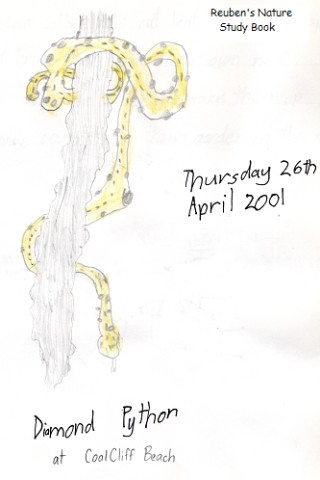
What a planned nature study looks like : Guidelines from the Handbook to get started in practical terms..
1. The teacher/parent should familiarize herself with the subject of the lesson, the questions and the story; In order to make the lesson an investigation, the teacher should not read the lesson. As Anna Comstock states, "Make the lesson an investigation and make the pupils feel that they are investigators. To tell the story to begin with, inevitably spoils this attitude and quenches interest." However, she does say that the story can be read as a supplement for the facts they have discovered for themselves and a guide and inspiration for further study.
2. The teacher takes note of the "leading thought" and the questions for observation.
3. Before the walk, the teacher gives a talk about the purpose of the walk and the observations that will need to be made. The nature walk can be as short as 10-15 minutes if it is clear as to what the purpose of the investigation is; Alternatively, a field trip may half a day if desired;
4. Students have a field notebook to record drawings, observations, poetry, writings (which are not to be corrected). The book should be considered personal property of the child and should not be criticized by the teacher except as a matter of encouragement; It should not be considered part of English studies;
5. During the walk, children are encouraged to observe carefully, draw and take notes if desired and investigate to find out the answers;
An example lesson: From the Study of Birds, Lesson 5: The Beak of a Bird
The Beak of a Bird
Leading thought — Each kind of bird has a beak especially adapted for getting its food. The beak and feet of a bird are its chief weapons and implements.
Methods — Study first the beak of the hen or chick and then that of the duckling or gosling.
Observations —
1. What kind of food does the hen eat and where and how does she find it in the field or gaiden? How is her beak adapted to get this food? If her beak were soft like that of a duck could she peck so
hard for seeds and worms? Has the hen any teeth? Does she need any?
2. Compare the bill of the hen with that of the duck? What are the differences in shape? Which is the harder?
3. Note the saw teeth along the edge of the duck's bill. Are these for chewing? Do they act as a strainer? Why does the duck need to strain its food?
4. Could a duck pick up a hen's food from the earth or the hen strain out a duck's food from the water? For what other things than getting food do these fowls use their bills?
5. Can you see the nostrils in the bill of a hen? Do they show plainer in the duck? Do you think the hen can smell as keenly as the duck?
Supplementary reading — The Bird Book, p. 99; The First Book of
Birds, pp. 95-7; Mother Nature's Children, Chapter VIII.
"Weather and wind and waning moon.
Plain and hilltop under the sky,
Ev'ning, morning and blazing noon,
Brother of all the world am I .
The pine-tree, linden and the maize.
The insect, squirrel and the kine.
All — natively they live their days —
As they live theirs, so I live mine,
I know not where, I know not what: —
Believing none and doubting none
What'er befalls it counteth not, —
Nature and Time and I are one."
— L. H. Bailey.
Entire Text of Handbook of Nature Study found here.
2. The Handbook used as a Resource following the Nature Walk
You can also use this book to explore your children's interests and whatever comes into your home and life in nature walks.
As you take your children outdoors and enjoy nature walks - allow them to observe the weather, the atmosphere, the animals and plants and whatever strikes them on the visit can be the topic which can be looked up in the Handbook when you get home. You can explore this further with other resources you have at home; You may continue to explore this interest over the next weeks - reading more from the Handbook, using the lessons, the leading thoughts and questions for observation as your basis.
Bring specimens home (if possible), and learn more about it, using this guide. Of course, you will not always find the exact specimen in the book, but you may still from the examples and descriptions of behaviour of similar animals. Otherwise, its a trip to the local library, or exploring it further with other resources you have at home or use the new discovery as a reason for a trip to a Natural History Museum.
(For those in Sydney, the Explore and Discover section of the Australian Museum is an excellent place to help you and your children identify bugs and bones and whatever else.)
If you are looking for Outdoor Hour Challenges using Handbook of Nature Study, check out this site by Barb McCoy for really helpful ways to make nature study a part of your homeschooling science.
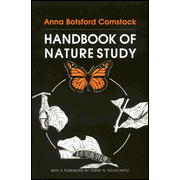 |
Handbook of Nature Study Witness the wonders of God's creation with naturalist Comstock as your guide! From dandelions, toads, and fireflies, to robins, rocks, and weather, she takes you on a lively trek through the natural world, vividly describing the habits, habitats, and physical structures of common living and nonliving things. Includes study questions and black-and-white photographs. 887 pages, softcover from Cornell University. |
Science Books and Resources
How have you used this curriculum?
Sometimes it is really hard to work out what is the best homeschooling curriculum for your family.
Tell us how you used this curriculum.
Show us an example of a project you created using this curriculum. How did you mould and integrate this curriculum in your family? Will you continue to use it?.... Your answers will help another homeschooling family make a curriculum choice!
Where to from here?
- Return to Ways to Teach Science
- Keeping a Nature Journal - one of my all time favourite Nature Journaling Books
- Try some Easy Science Experiments and watch instructional videos
- Why Cool Science Experiments are important?
- Homeschool Science Sitemap to show you the big picture of teaching science!
